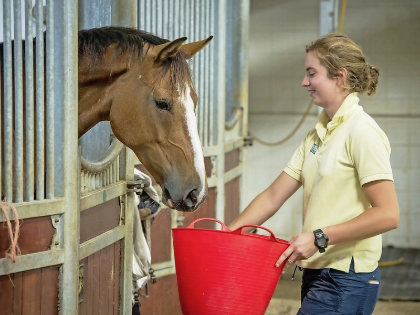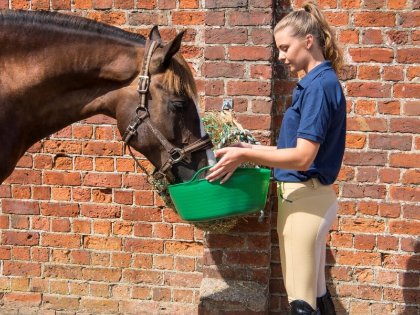How to Choose the Correct Horse Bit for Your Horse
An essential part of bridling a horse is the bit, which presses on different parts of the mouth. This might be forceful to give more control or delicate for mild hints. A number of criteria, such as training level, dental health, and mouth sensitivity, might make bit selection difficult. For individualised advice, consult a trainer or horse veterinarian with experience.
Dimensions

Content
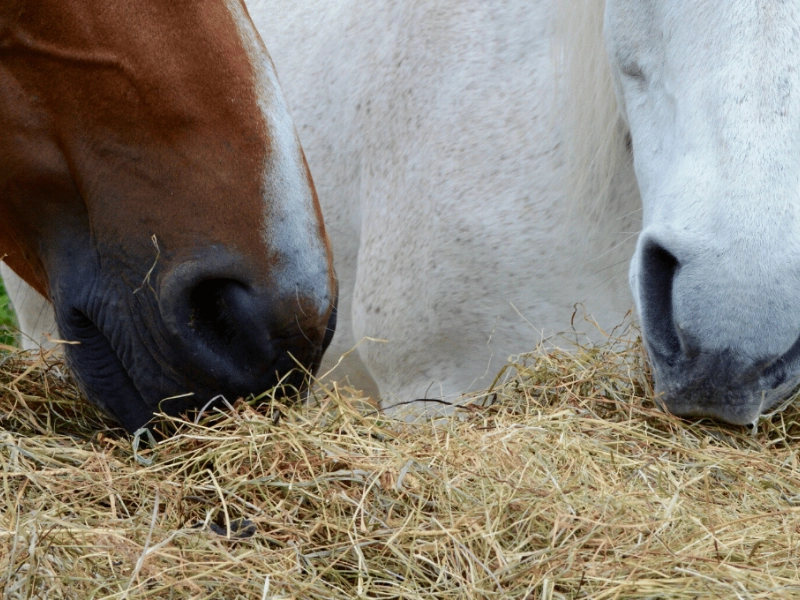 There are many different types of materials for bits. The most popular horse bits are composed of stainless steel, which rusts and tastes neutral. However, there are also versions that include copper, which tastes sweet and rusts. There are even pieces composed of rubber or plastic.
The majority of stainless steel bits are made with a straightforward loose-ring snaffle that has a single or double-jointed short, rounded centre portion. However, there are a lot more alternatives when it comes to the thickness and shape of the mouthpiece in addition to other metal parts like rings or rollers.
The severity of the rider and the horse's comfort level should be taken into account when choosing a bit. A novice rider may use a harsh bit that confuses and hurts the horse, whereas an experienced rider may be able to use a gentler bit with greater control.
There are many different types of materials for bits. The most popular horse bits are composed of stainless steel, which rusts and tastes neutral. However, there are also versions that include copper, which tastes sweet and rusts. There are even pieces composed of rubber or plastic.
The majority of stainless steel bits are made with a straightforward loose-ring snaffle that has a single or double-jointed short, rounded centre portion. However, there are a lot more alternatives when it comes to the thickness and shape of the mouthpiece in addition to other metal parts like rings or rollers.
The severity of the rider and the horse's comfort level should be taken into account when choosing a bit. A novice rider may use a harsh bit that confuses and hurts the horse, whereas an experienced rider may be able to use a gentler bit with greater control.
Form
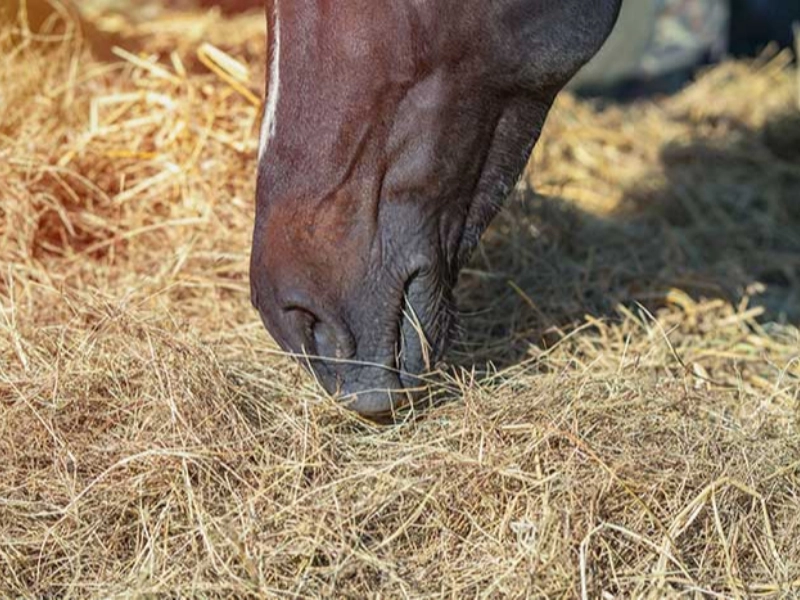 The idea that a thinner bit is nicer because there is less of it is a frequent misunderstanding. A smaller-diameter mouthpiece, on the other hand, concentrates pressure over a smaller area of the tongue and bars of the mouth, which may cause pain to the horse.
The mouthpiece's shape has an impact on severity as well. Because a curved mouthpiece accommodates the tongue, chewing may be encouraged, and pressing or placing the tongue over the bit may be discouraged. Horses with soft palates who could be sensitive to harsh rein aids or an excessively thick mouthpiece may find this useful.
For horses that pull against their riders or for riders with less expertise, a long shank improves leverage and is advised. With this kind of bit, the horse can tuck his or her nose inward towards the poll to relieve some of the rein strain off the lips. This may aid in providing a cue that is more exact and reliable.
The idea that a thinner bit is nicer because there is less of it is a frequent misunderstanding. A smaller-diameter mouthpiece, on the other hand, concentrates pressure over a smaller area of the tongue and bars of the mouth, which may cause pain to the horse.
The mouthpiece's shape has an impact on severity as well. Because a curved mouthpiece accommodates the tongue, chewing may be encouraged, and pressing or placing the tongue over the bit may be discouraged. Horses with soft palates who could be sensitive to harsh rein aids or an excessively thick mouthpiece may find this useful.
For horses that pull against their riders or for riders with less expertise, a long shank improves leverage and is advised. With this kind of bit, the horse can tuck his or her nose inward towards the poll to relieve some of the rein strain off the lips. This may aid in providing a cue that is more exact and reliable.
Utilise
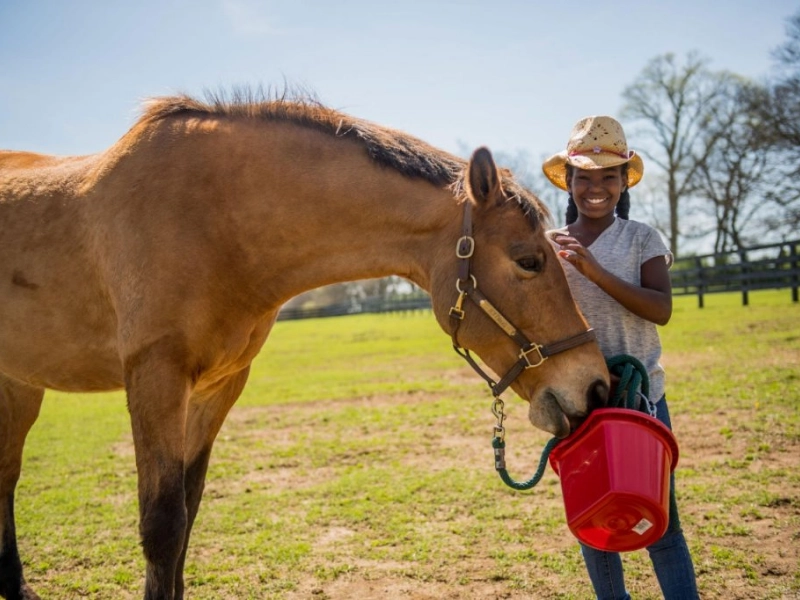 The process of choosing a bit is very individualised. The kind of bit you select for your horse will depend on your level of experience, the riding discipline you practice, and if your horse has a sensitive or harsh mouth.
In general, the horse's teeth and tongue are compressed more by thicker mouthpieces. The amount of leverage that the bit exerts is likewise influenced by its thickness.
A loose ring gives the mouthpiece more or less leverage over the horse's tongue and jaw by allowing it to move around the bridle ring. Consistency is provided with a fixed ring, like an eggbutt, which prevents the mouthpiece from following movements from the rein contact.
Finding the ideal bit for your horse may take some time, but it's well worth the work to make sure you and your horse are comfortable. But remember that proper training still comes before a well-fitting bit.
The process of choosing a bit is very individualised. The kind of bit you select for your horse will depend on your level of experience, the riding discipline you practice, and if your horse has a sensitive or harsh mouth.
In general, the horse's teeth and tongue are compressed more by thicker mouthpieces. The amount of leverage that the bit exerts is likewise influenced by its thickness.
A loose ring gives the mouthpiece more or less leverage over the horse's tongue and jaw by allowing it to move around the bridle ring. Consistency is provided with a fixed ring, like an eggbutt, which prevents the mouthpiece from following movements from the rein contact.
Finding the ideal bit for your horse may take some time, but it's well worth the work to make sure you and your horse are comfortable. But remember that proper training still comes before a well-fitting bit.




